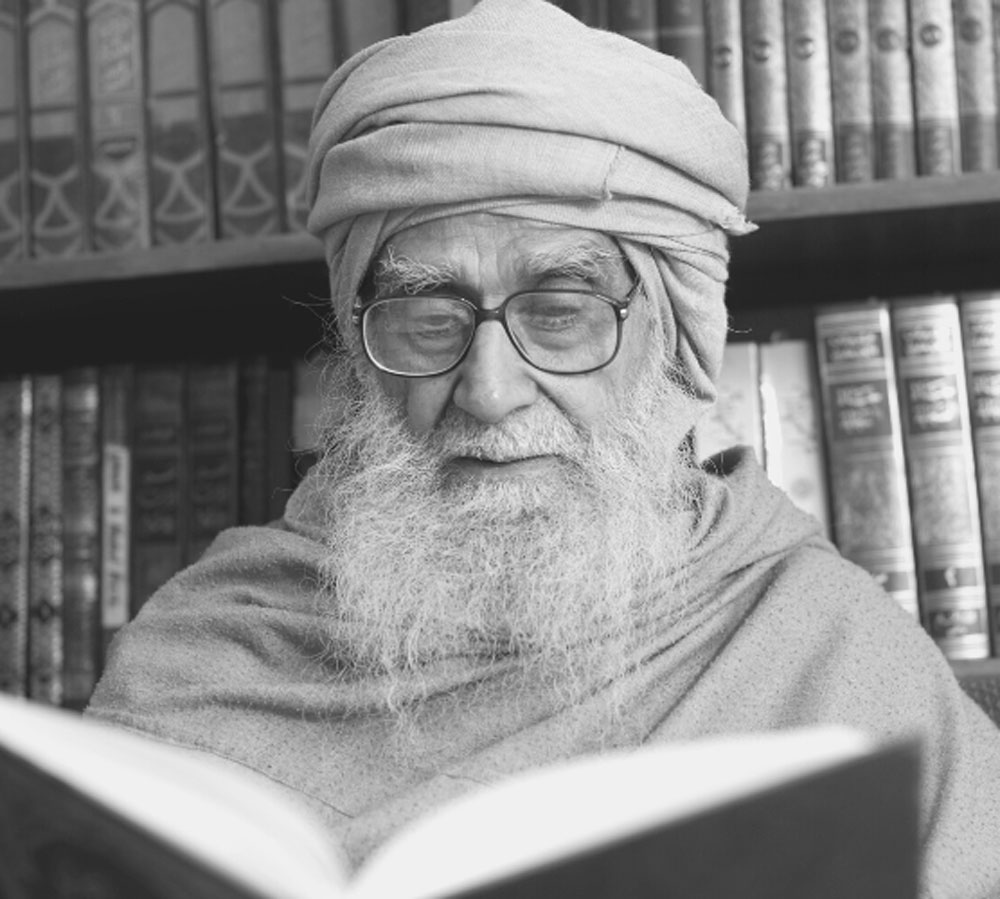The ‘Burqa’ or Purdah is generally considered an integral part of Islam, but this is not so. In reality, the ‘Burqa’ is a part of Muslim culture and not a part of Islamic teaching. There is a significant difference between the actions of Muslims and the teachings of Islam. Wearing a ‘Burqa’ or veil is not part of Quranic teaching. At present, Muslims use the term ‘Hijab’ as equivalent to ‘Burqa,’ but the word ‘Hijab’ is likewise not used in the Quran in this sense. ‘Hijab’ literally means curtain. ‘Hijab’ is used in the Quran seven times, but not in the sense prevalent among Muslims today; that is, it is used in its literal meaning of ‘curtain.’
Regarding women’s veil, the Quran has used two words: ‘Jilbab’ (33:59) and ‘Khimar’ (24:31). But again, these words are not used in their present connotation. It is a fact that both words have a similar meaning, that is, chaadar or dupatta, which covers the body of a woman and not her face. So it is evident that the present ‘Burqa’ or ‘Hijab’ are not Quranic terms; both are part of Muslim culture and not part of Quranic commandments. According to the Hanafi and Maaliki school of fiqh, three parts of a woman are exempted from satr (body covering). These three are ‘wajh’ (face), ‘kaffain’ (hands), and ‘qadmain’ (feet). According to the Shariah, women are required to cover their bodies with clothing that is not tight fitting and not meant to attract others. (Tafsir Usmani)
It is noteworthy that the well-known Arab scholar, Sheikh Muhammad Naasiruddin al-Albani, clearly endorses the position mentioned above of the Shariah in his book on this subject, ‘Hijab al-Mar’ah al-Muslimah fil Kitab was-Sunnah’ (The Veil of a Muslim Woman in the Light of the Quran and Sunnah). He goes on to say that it is clear from the Quran, the Hadith and the practice of the Companions and the Tabiun (companions of the Prophet’s Companions) that whenever a woman steps out of her home, it is incumbent upon her to cover herself entirely so as not to show any part of her body except the face and the hands (and feet). According to Muhammad Nasiruddin al-Albani’s findings, the following rules of hijab are applicable: 1. The whole body should be covered except for the exempted parts. 2. But any veil that becomes an attraction is to be avoided. 3. Garments should not be semi-transparent. 4. The dress should not be tight fitting. 5. Garments should not be perfumed. 6. The form of dress should not resemble that of men. 7. Garments should not reflect worldly honour. (Muhammad Nasiruddin al-Albani, Hijab al-Mar’ah al-Muslimah fil Kitab was-Sunnah (1914), p. 13.)
Source: Guiding Lights





